Regarding cozy, warm fabrics, both sherpa and fleece often take center stage. They look similar, feel soft, and keep you snug during colder months. But they aren't the same. What is the real difference between Sherpa and fleece? Or "Is Sherpa warmer than fleece?" you’ve come to the right place. Let’s jump into the world of the Sherpa vs fleece debate once and for all.
Table Of Contents
What is Sherpa?
Sherpa fabric is inspired by the wool-lined clothing traditionally worn by the Sherpa people of Nepal. It mimics the insulating properties of real wool without the bulk. It’s incredibly soft, offering maximum comfort. Sherpa fabric is known for its fluffy, wool-like texture, resembling a sheep’s fleece. Sherpa is often used as a lining material or in garments where extra warmth is needed.
You can read our complete article about sherpa fabric and its various types (e.g., Hard Sherpa and Soft Sherpa Fabric).
What is Fleece?
Fleece fabric is made from polyester, designed to mimic wool's insulating properties. Its soft, smooth texture and lightweight feel make it a popular choice for cold-weather clothing. The fabric is breathable and moisture-resistant, perfect for outdoor activities like hiking or skiing.
We have a details article about what is fleece fabric?
Now come to the point of sherpa vs fleece
Key Differences Between Sherpa and Fleece
1. Texture and Appearance
The most noticeable difference between fleece and Sherpa is their texture.
- Fleece: Smooth and uniform in texture. It can range from thin and flat to thick and plush.
- Sherpa: Fluffy, with a curly or nubby texture that mimics sheep’s wool.
2. Warmth and Insulation
If you're debating "is Sherpa warmer than fleece?", the answer is yes.
- Sherpa: Traps more heat, making it ideal for extreme cold.
- Fleece: Offers good warmth but is more breathable, which can be better for high-energy activities.
3. Weight and Thickness
- Sherpa: Tends to be heavier due to its dense pile.
- Fleece: Lightweight, even in thicker versions like polar fleece.
4. Durability and Usage
- Sherpa: Can wear out faster if not treated properly, especially with heavy washing.
- Fleece: More durable and easier to care for. It makes it ideal for outdoor gear.
Let’s make a differentiated table of both, that focuses on the functionality.
Sherpa vs Fleece: Functionality Comparison Table
|
Feature |
Fleece |
Sherpa |
|
History |
First produced in the USA (1979) |
Developed in Nepal (1970s, inspired by Sherpa clothing) |
|
Other Names |
Microfleece, Polar Fleece, Plush Fleece |
Faux Lamb Wool, Teddy Fleece |
|
Appearance |
Smooth, uniform texture, matte or shiny finish |
One side fluffy, wool-like texture with a curly or nubby look |
|
Composition Range |
100% Polyester, Polyester/Spandex, Polyester/Cotton blends |
100% Polyester, occasionally blended with cotton or acrylic |
|
GSM Range |
150–350 GSM |
200–450 GSM |
|
Weight |
Lightweight, easy to pack and carry. |
Heavier, adding a cozy and insulated feel. |
|
Warmth |
Fleece provides moderate warmth, suitable for active use. |
Superior warmth due to wool-like texture and density. |
|
Heat Retention Abilities |
Moderate heat retention, balanced with breathability |
High heat retention, ideal for cold climates |
|
Breathability |
Highly breathable; ideal for high-energy activities. |
Less breathable; designed for retaining heat. |
|
Construction Range |
Single or double-brushed knit |
Knitted base with laminated or looped fibers |
|
Moisture-Wicking |
Excellent at wicking moisture away from the body. |
Moderate moisture-wicking capabilities. |
|
Softness |
Smooth and velvety; less fluffy. |
Fluffy, wool-like softness for maximum comfort. |
|
Stretchability |
Can include stretch variations for flexibility. |
Minimal stretch, prioritizing insulation. |
|
Water Resistance |
Water-resistant options are available; dries quickly. |
Limited water resistance; dries slower than fleece. |
|
Fabric Breathability |
Highly breathable, excellent for active use |
Low breathability, prioritizes warmth |
|
Moisture-Wicking Abilities |
Excellent at wicking moisture |
Moderate; less effective than fleece |
|
Stretchability |
Often includes spandex for enhanced stretch |
Minimal stretch |
|
Durability |
Resists wear, pilling, and frequent washing. |
Prone to pilling and requires careful maintenance. |
|
Applications |
Sportswear, blankets, activewear, pet clothing |
Jackets, blankets, winter linings, luxury throws |
|
Recommended Washing Temperatures |
Cold water (30°C max) |
Cold or warm water (30°C–40°C) |
Sherpa vs Fleece: Which is Warmer?
In the Sherpa vs fleece which is a warmer debate, Sherpa takes the lead. Its fluffy texture and ability to trap heat make it superior for insulation. However, fleece provides a balance of warmth and breathability, making it a better choice for activewear.
Fleece, Plush Fleece, and Sherpa: What’s the Difference?
The difference between fleece, plush fleece, and Sherpa can help you choose the right fabric:
- Fleece: Smooth, lightweight, and versatile.
- Plush Fleece: Softer and thicker than regular fleece, with a luxurious feel.
- Sherpa: Fluffiest of the three, resembling real wool with excellent heat retention.
Applications of Sherpa and Fleece
Sherpa
- Jackets and coats.
- Lining for boots, gloves, and hats.
- Blankets and home décor.
Fleece
- Outdoor gear like jackets and hoodies.
- Activewear for running and hiking.
- Soft blankets and casual clothing.
Let’s come to the Blanket.
The difference between fleece and Sherpa blanket lies in their texture, warmth, and intended usage, with Sherpa offering a wool-like feel and superior insulation, while the fleece is smoother and more versatile.
Comparison Table: Sherpa vs Fleece Blanket
|
Feature |
Fleece Blanket |
Sherpa Blanket |
|
Texture |
Smooth, soft, and uniform. |
Fluffy, wool-like, and plush. |
|
Warmth |
Provides moderate warmth; breathable. |
Warmer due to thicker pile and heat retention. |
|
Weight |
Lightweight and easy to carry. |
Heavier and bulkier. |
|
Durability |
Highly durable, and resists wear and pilling. |
Less durable, prone to pilling and wear with frequent washing. |
|
Maintenance |
Easy to clean, machine-washable. |
Requires gentle washing to maintain fluffiness. |
|
Appearance |
Sleek and uniform, available in various finishes. |
Textured, resembling sheep’s wool. |
|
Best for |
Everyday use, casual blankets, and active settings. |
Extreme cold, cozy settings, and luxury appeal. |
|
Cost |
Generally more affordable. |
Slightly more expensive due to higher insulation. |
|
Breathability |
Highly breathable, and suitable for active use. |
Less breathable, and focuses on warmth retention. |
|
Moisture-Wicking Ability |
Excellent at wicking moisture away. |
Moderate; less moisture-wicking than fleece. |
|
Applications |
Travel blankets, lightweight throws, and pet blankets. |
Heavy-duty throws, bedspreads, and cold-weather use. |
I think this table will help you to differentiate between fleece and sherpa blankets.
Conclusion
The difference between Sherpa and fleece boils down to warmth, texture, and purpose. Sherpa excels in insulation and softness, making it the ultimate choice for staying cozy in freezing weather. Fleece, on the other hand, wins in durability, versatility, and breathability. Your choice depends on your needs—whether you’re gearing up for an adventure or curling up on the couch with a warm blanket.
FAQs
1. Is Sherpa warmer than fleece?
Yes, Sherpa is warmer due to its fluffy, wool-like texture that traps heat better than fleece.
2. What is the difference between fleece and Sherpa fleece?
Sherpa fleece combines the smooth backing of fleece with the fluffy, wool-like texture of Sherpa on one side.
3. Which fabric is better for outdoor activities, Sherpa or fleece?
Fleece is better for outdoor activities because it’s lightweight, breathable, and moisture-resistant.
4. What’s the difference between fleece, plush fleece, and Sherpa?
Fleece is versatile and smooth, plush fleece is thicker and softer, and Sherpa is the fluffiest, resembling real wool.
5. Can I machine-wash Sherpa and fleece?
Yes, but use cold water and gentle cycles to maintain their texture and durability.















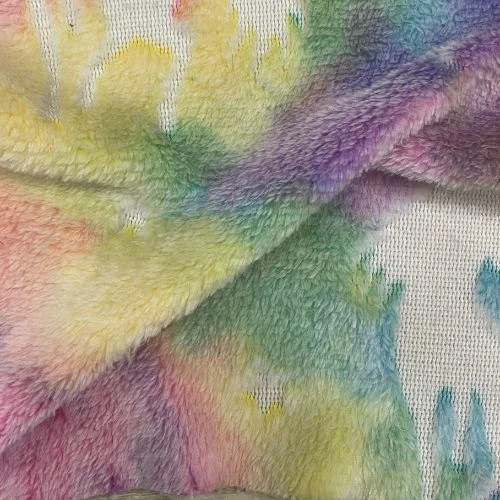

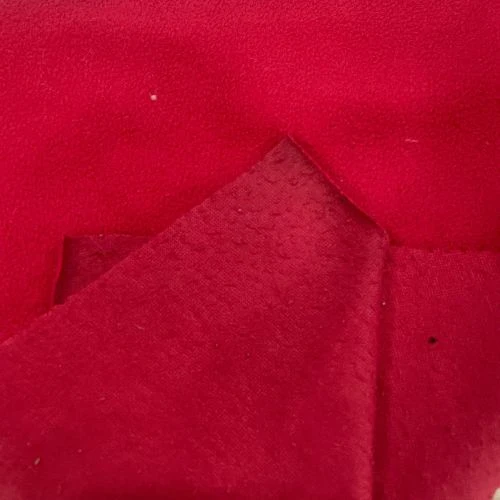

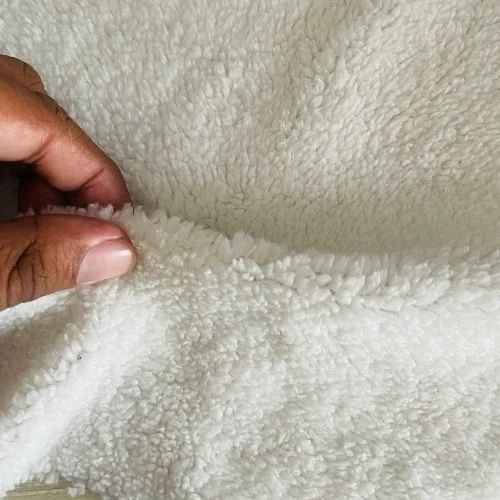
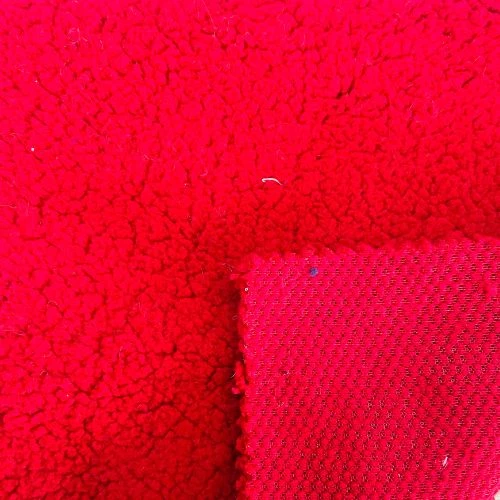

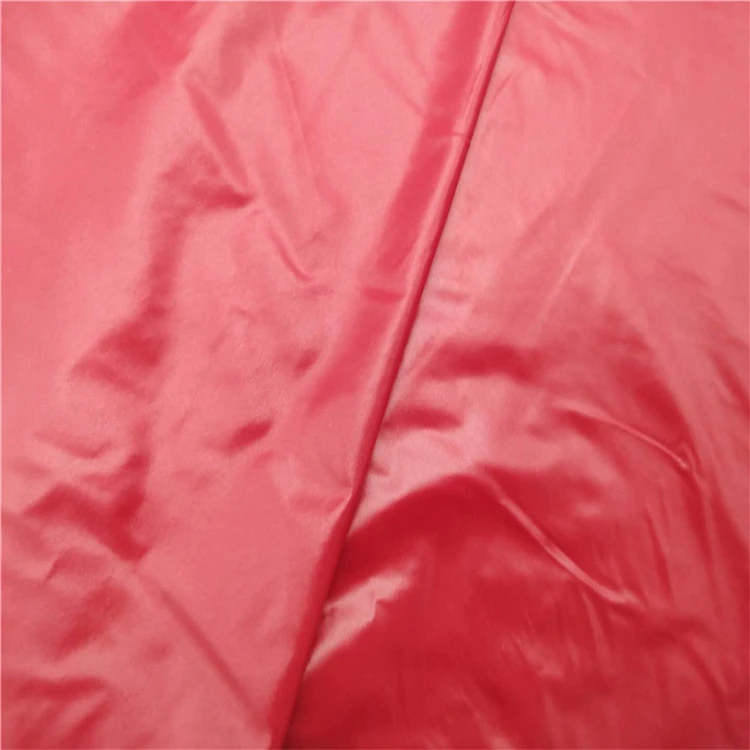
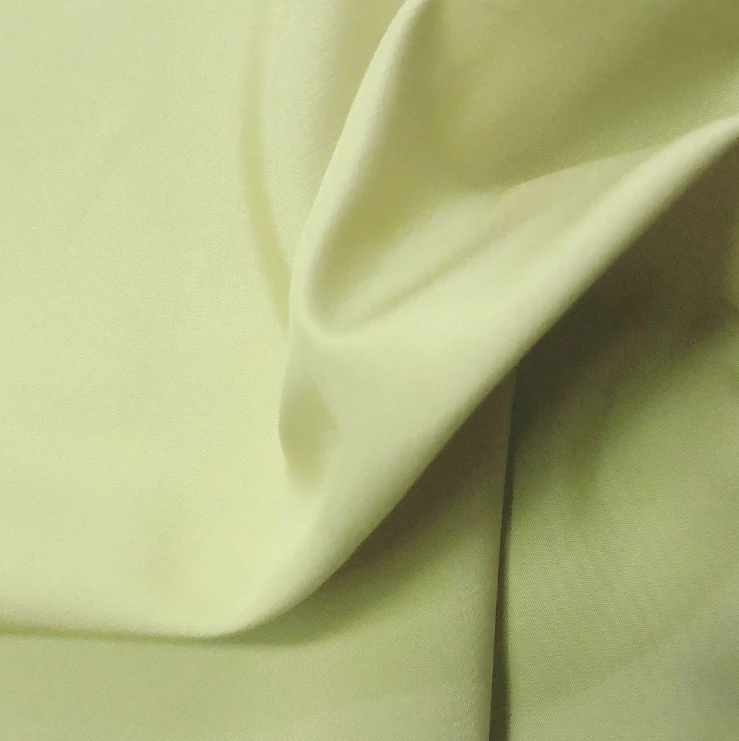







Comments - 00
Leave A Reply
Thanks for choosing to leave a comment.